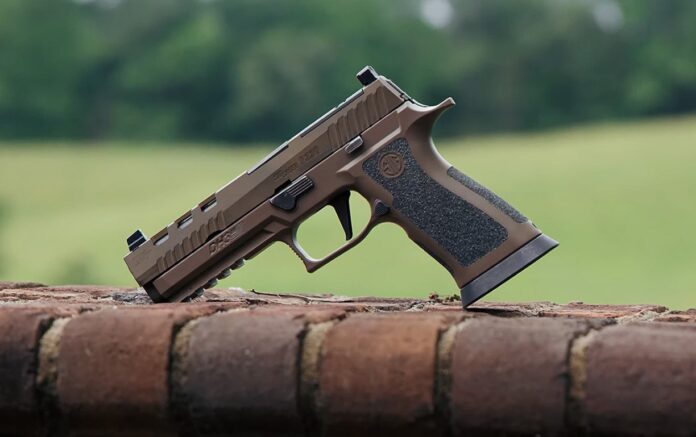
When it comes to firearms, the Sig Sauer series stands out as a premier line of handguns, favored by military, law enforcement, and civilian shooters alike for its reliability, accuracy, and craftsmanship.
However, true mastery of any weapon, including the sophisticated Sig Sauer, extends beyond mere ownership. It requires dedication to understanding its mechanisms, subtleties, and capabilities.
This path toward proficiency necessitates a well-rounded approach, integrating rigorous practice, mental preparation, and a deep respect for the tool in one’s hands. To excel with a Sig Sauer pistol, one must engage in a continuous process of learning and refinement.
The essence of this progression lies in technique. A shooter’s stance, grip, and sight alignment are foundational elements that forge the path to enhanced skill. Yet, knowledge alone is not sufficient.
Regular and deliberate practice is essential to reinforce muscle memory, allowing for a smooth, natural draw and fire sequence under various conditions. The Sig Sauer’s ergonomic design and responsive trigger action demand a meticulous touch; one that can be honed through repetition and attention to detail.
Whether you’re a beginner or a seasoned shooter, elevating your expertise with a Sig Sauer pistol is a rewarding pursuit that pays dividends in both personal satisfaction and the assurance of proficient marksmanship.
Embracing the Basics ─ Grip, Stance, and Sight Alignment
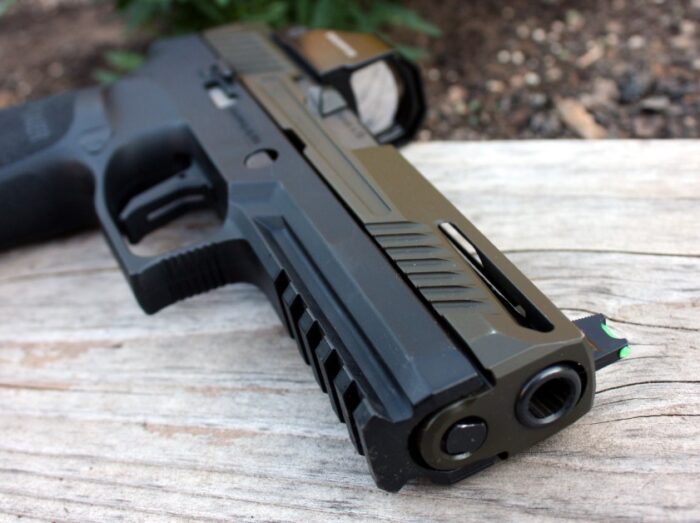
A proper grip is the cornerstone of precise shot placement, as it ensures that the firearm is held firmly and securely, allowing for better control during recoil and subsequent shots. The way you wrap your hands around the gun determines the steadiness of your aim and the consistency of your shooting.
Similarly, establishing a stable stance is an equally essential aspect of shooting accurately. Your feet should be positioned in a way that supports your body’s natural alignment, giving you a solid base from which you can aim and fire the weapon. This stability helps absorb the recoil and minimizes the movement of the gun, contributing to a more consistent shot pattern.
Lastly, the concept of sight alignment cannot be overstated; it is a critical component in ensuring that the projectile follows the intended trajectory. Understanding how to align the front and rear sights with the target enables the shooter to place shots with pinpoint accuracy.
This delicate alignment is what differentiates a missed shot from a bullseye. By focusing on grip, stance, and sight alignment, shooters can build needed skills that will carry through to advanced techniques, enhancing their overall marksmanship.
Mastering Trigger Control ─ Essential Techniques for Accurate Shooting
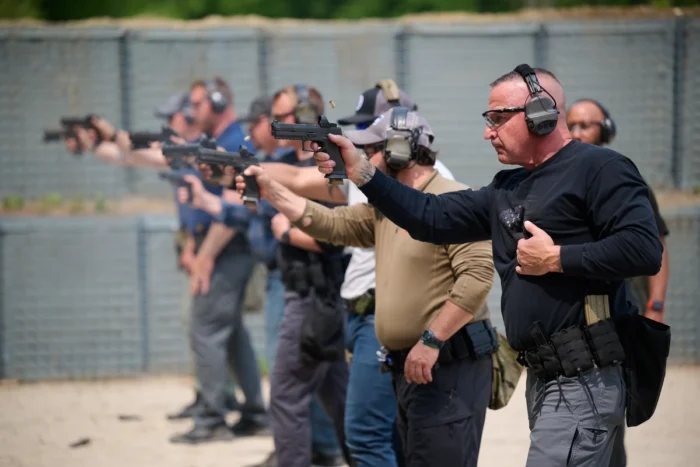
To master shooting with precision, the method a shooter uses to engage the trigger is an essential aspect of accuracy. Proper trigger management, often called trigger discipline, is a basic skill that can notably enhance a shooter’s performance.
By acquiring skills that maintain smooth, consistent pressure on the trigger and recognizing the significance of trigger reset, shooters can greatly minimize unwanted movement and boost their ability to hit the target with regularity.
Trigger reset is the point at which the trigger mechanics are prepared to fire once more, and being mindful of this can help shooters ready themselves for subsequent shots with greater speed and precision.
To hone trigger discipline, consistent practice is necessary. Exercises that concentrate on steadily pulling the trigger directly back with the appropriate level of force, avoiding any jerking or abrupt movements, can assist shooters in developing a sense for the trigger and achieving a more precise shot break. With persistent practice of trigger control exercises, shooters can observe a significant enhancement in their accuracy and overall shooting skills.
Drawing and Holstering ─ Fluidity and Safety
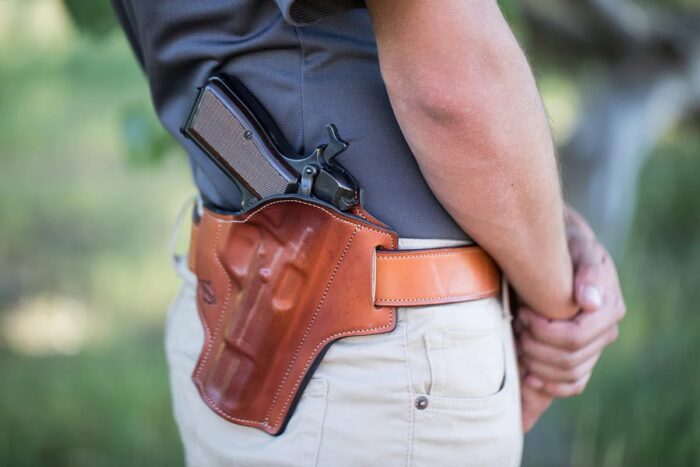
Mastering a seamless draw from a holster is critical not only for those involved in self-defense situations but also for competitive shooters aiming to shave precious seconds off their times. It’s a skill that balances the fine line between speed and safety, requiring diligent practice to ensure that one can access their firearm promptly without compromising secure handling.
Equally important are the steps to holster a weapon safely; a process that involves keeping the finger off the trigger, ensuring the muzzle points in a safe direction, and being mindful of surrounding obstructions. Regularly drilling these practices can significantly heighten one’s ability to draw and reholster with both readiness and caution.
Muscle memory plays an essential role here, and with the incorporation of dry-fire exercises, one can refine their technique, ultimately quickening draw speed while ensuring safety remains paramount.
Reloads and Clearing Malfunctions
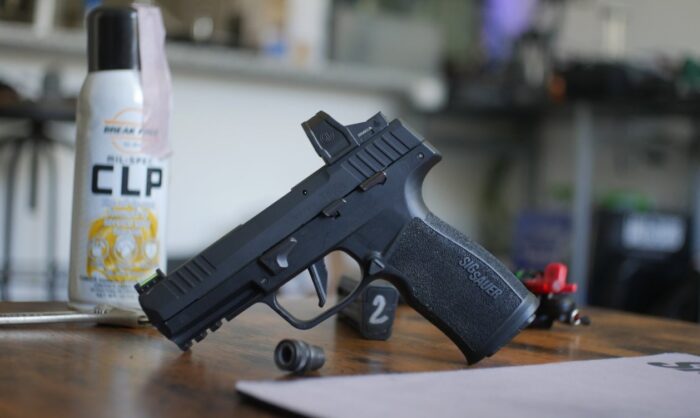
When handling a firearm, particularly a pistol, knowing how to efficiently reload and clear malfunctions is essential for both safety and effectiveness. There are two primary types of reloads: tactical and speed reloads.
A tactical reload involves replacing a partially spent magazine with a full one while retaining the original magazine, a method often used to ensure maximum ammunition before entering a potentially dangerous situation. In contrast, speed reloads are conducted in the heat of the moment, ejecting the empty magazine and quickly inserting a new one to minimize downtime.
For quick and effective ammunition reloading, shooters are trained to use muscle memory, keeping their eyes on the target while reloading to remain aware of their surroundings. Identifying and resolving common pistol malfunctions, such as a failure to feed, stovepipe, or double feed, requires prompt action.
Clearing these issues typically involves a series of steps known as “tap, rack, and assess”: tapping the bottom of the magazine to ensure it’s seated, racking the slide to clear the chamber, and assessing the situation to decide on the next move. Mastering these techniques ensures that shooters can maintain firearm functionality and remain in control even under stress.
Dynamic Shooting ─ Controlling Motion for Precision

Mastering the technique of dynamic shooting is essential for those who aim to consistently hit targets while in motion. It’s a skill that harmonizes the quickness of your motion with the accuracy of your firing, requiring a substantial degree of coordination and control. To maintain precision on the move, shooters must learn to align their bodily movements with their sighting and discharging sequence.
This often includes exercises tailored for dynamic shooting environments, where one transitions through different stances or barriers while engaging various targets. Such exercises not only enhance agility and reactive abilities but also aid shooters in cultivating a steadier hand and a more focused vision.
An effective training regimen should incorporate drills that mimic authentic movement patterns, teaching shooters how to rapidly adjust their posture and firing methods as they shift through different levels of motion.
By allocating time for practice in motion-oriented drills, a shooter can considerably improve their skill in dynamic shooting contexts, reliably hitting targets with assurance and precision, irrespective of their own displacement or the tumult of their environment.
The path to mastering proficiency with your Sig Sauer pistol hinges on a steadfast dedication to regular and methodical training. Establishing a structured practice routine is not merely about repetition, but about deliberate improvement and understanding of your firearm.
To develop an effective training schedule, start by setting clear, measurable goals that lead to incremental skill enhancement. Consistent practice should blend dry-fire exercises, live firing at the range, and simulated scenarios to refine your accuracy, speed, and safe weapon handling.
It’s important to intersperse sessions with reviews of your performance and integrate feedback into your routine. Remember, the progression to becoming adept with your Sig Sauer is an ongoing process, and only through a constant commitment to growth will you see true advancements in your capabilities. So, remain motivated and keep pushing the boundaries of your comfort zone to ensure that your skills continue to develop.








